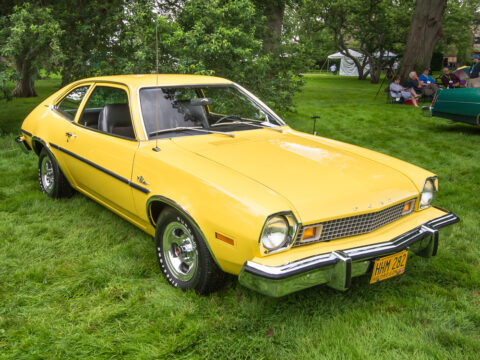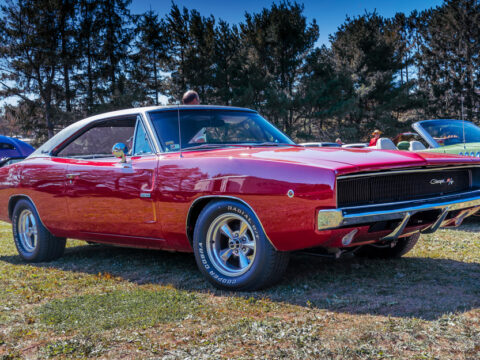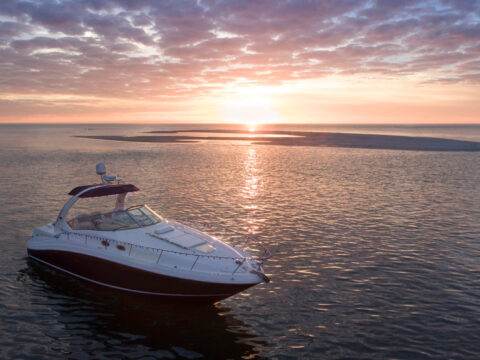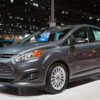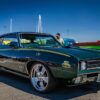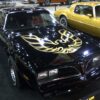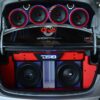Dodge is known for its legacy of power, performance, and innovation, with iconic models like the Charger and Viper making significant marks on the automotive world. However, not every Dodge model has been a hit. Some were misses, failing to connect with their intended market or keep up with competitors. In this article, we’ll explore why certain Dodge models fell short and what lessons can be learned from their failures.
Contents
Dodge Aspen (1976-1980)
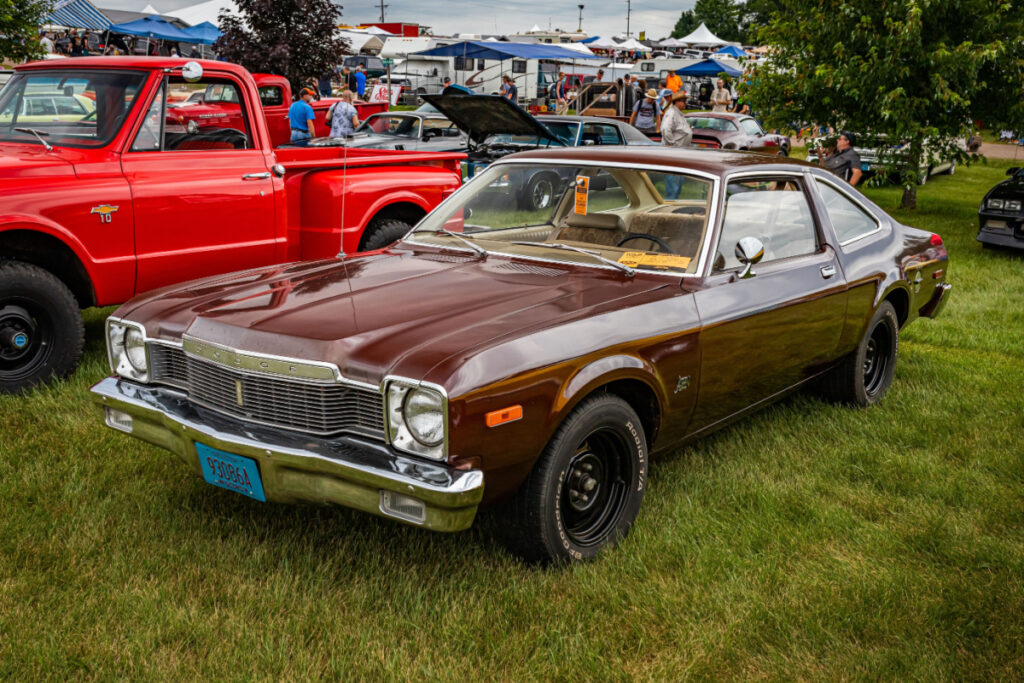
The Dodge Aspen, launched in 1976 as a replacement for the Dart, faced widespread quality control issues that damaged its reputation. The Aspen was plagued by problems with rusting bodies, electrical glitches, and underperforming engines, making it unreliable for many owners. Consumers were dissatisfied with the poor reliability and performance, which contributed to its decreasing sales over the years. Precise sales figures are difficult to determine, but it’s generally agreed that sales drastically dropped towards the end of its production run.
Dodge Avenger (2008-2014)
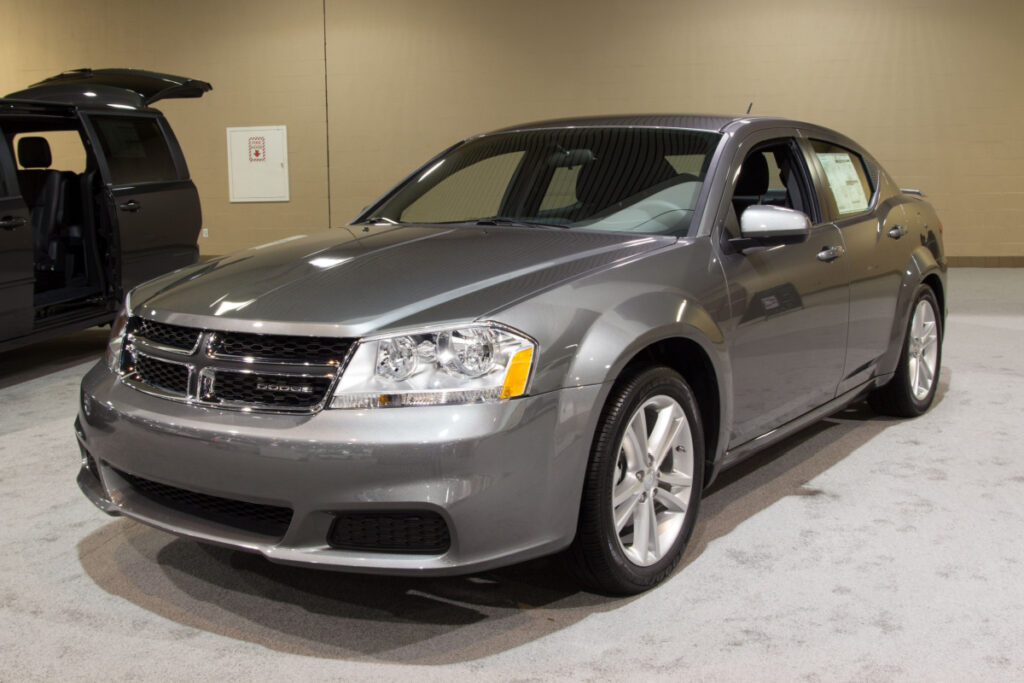
The Avenger suffered from lackluster performance, poor fuel economy, and an uncomfortable and dated interior. These factors led to critical reviews and slow sales. The Avenger’s market position was also compromised by the similar Chrysler 200, which was seen as a more refined alternative. Annual sales rarely exceeded 100,000 units, far less than the comparable models from competitors.
Dodge Durango Hybrid/Chrysler Aspen (2009)
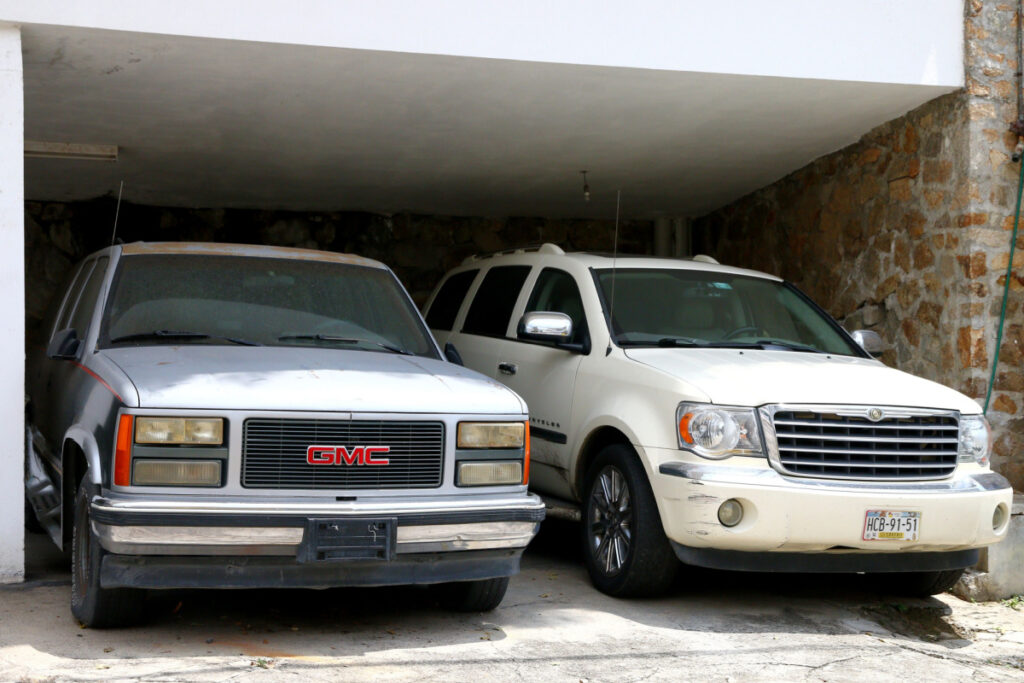
Dodge’s foray into hybrid SUVs with the Durango was short-lived and unsuccessful. The Durango Hybrid was criticized for its high price, with the added cost of the hybrid system making it less appealing than non-hybrid SUVs in its class. The vehicle was discontinued after just one year, with sales reported fewer than 200 units.
Dodge Caliber (2007-2012)
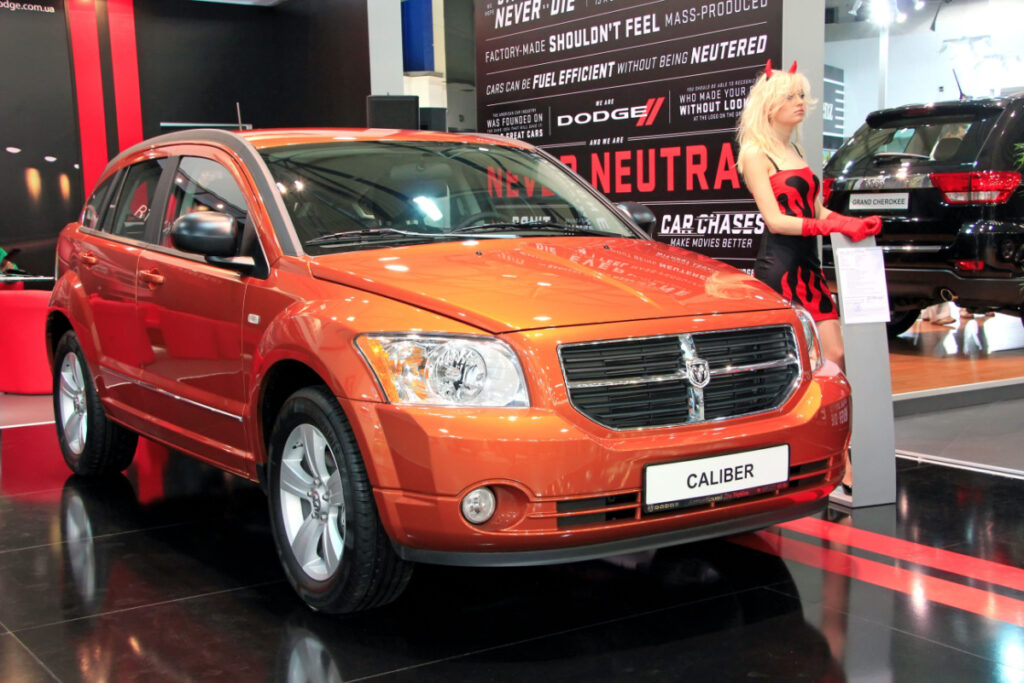
The Dodge Caliber was plagued by poor handling, a noisy cabin, and subpar build quality, resulting in negative reviews. Its attempt to combine the functionality of a hatchback and the robustness of an SUV did not resonate with consumers, leading to declining sales over its life cycle. By the time it was discontinued in 2012, annual sales had dropped below 35,000 units from a high of over 100,000.
Dodge Stratus (2001-2006)
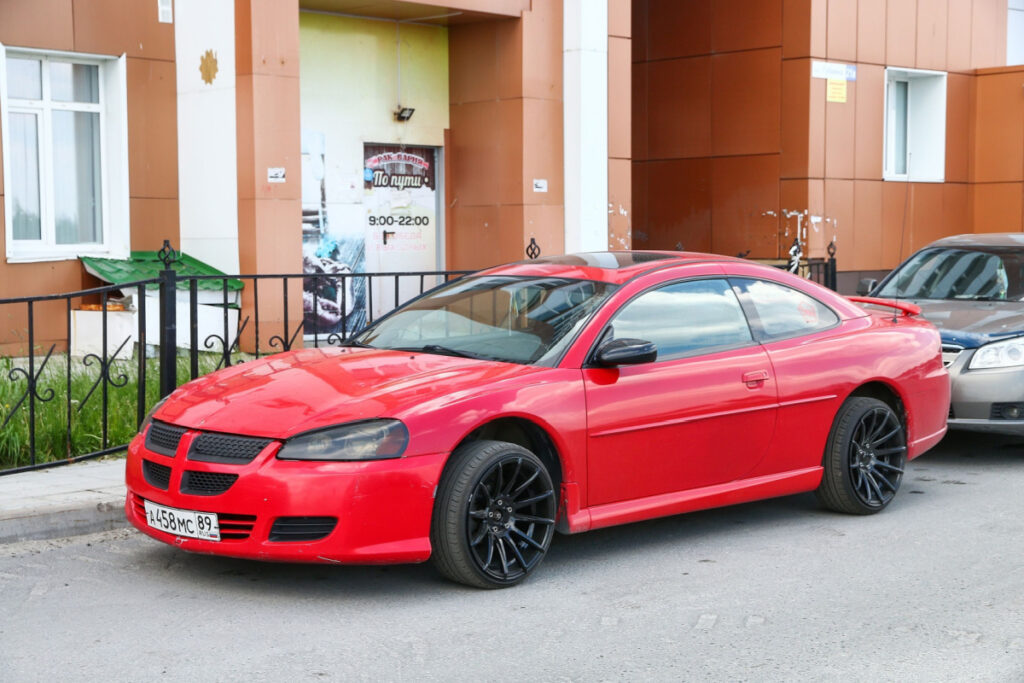
Despite a promising start with the first generation, the second generation of the Stratus failed to impress buyers. Plagued by quality and reliability issues, the Stratus suffered from poor sales in a highly competitive midsize car market. Sales dropped steadily over its production run, with fewer than 100,000 units sold in its final year.
Dodge Nitro (2007-2012)
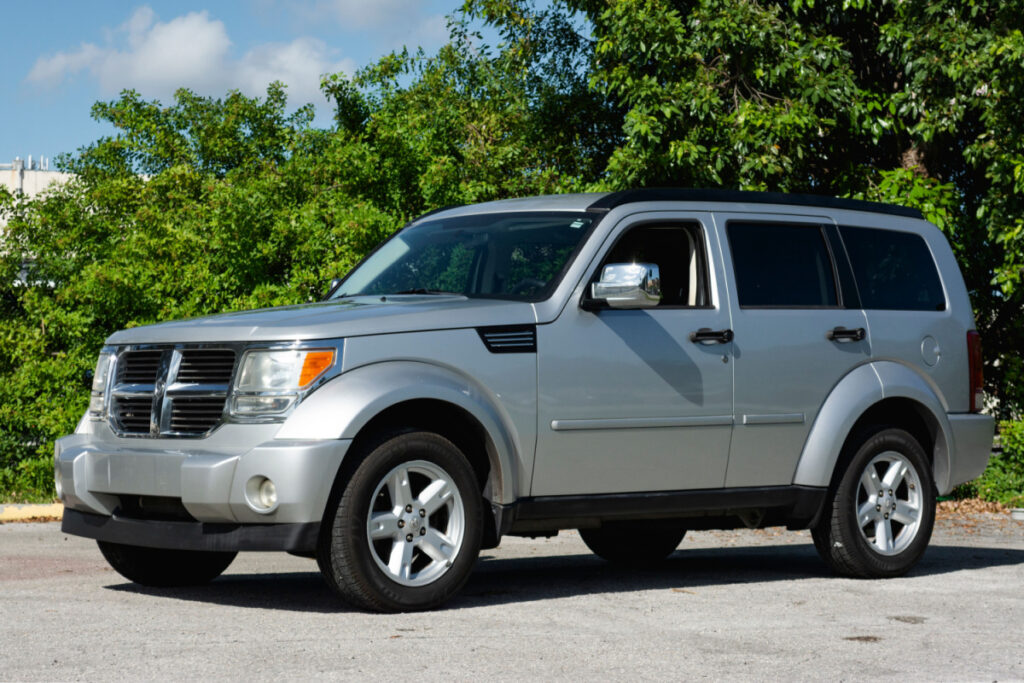
The Nitro was criticized for its poor fuel economy, sluggish performance, and lackluster interior quality. These factors, combined with the economic downturn, led to declining sales. In its final year of production, fewer than 25,000 Nitros were sold.
Dodge Dart (2013-2016)
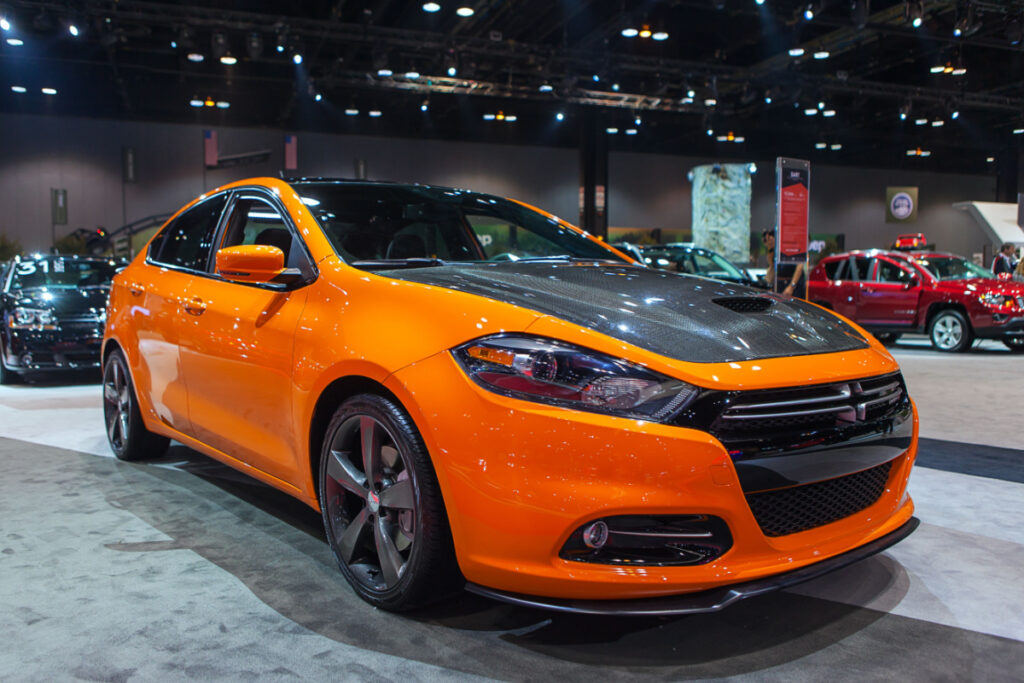
The Dart, Dodge’s compact car offering, suffered from an unclear market position and stiff competition from more established players in the compact car segment. While it offered various customization options, it was criticized for its subpar fuel economy, tight interior space, and lackluster powertrains. Dodge stopped production in 2016 after sales fell far short of the company’s targets, with fewer than 45,000 units sold in its final year.
Dodge Polara (1960-1973)
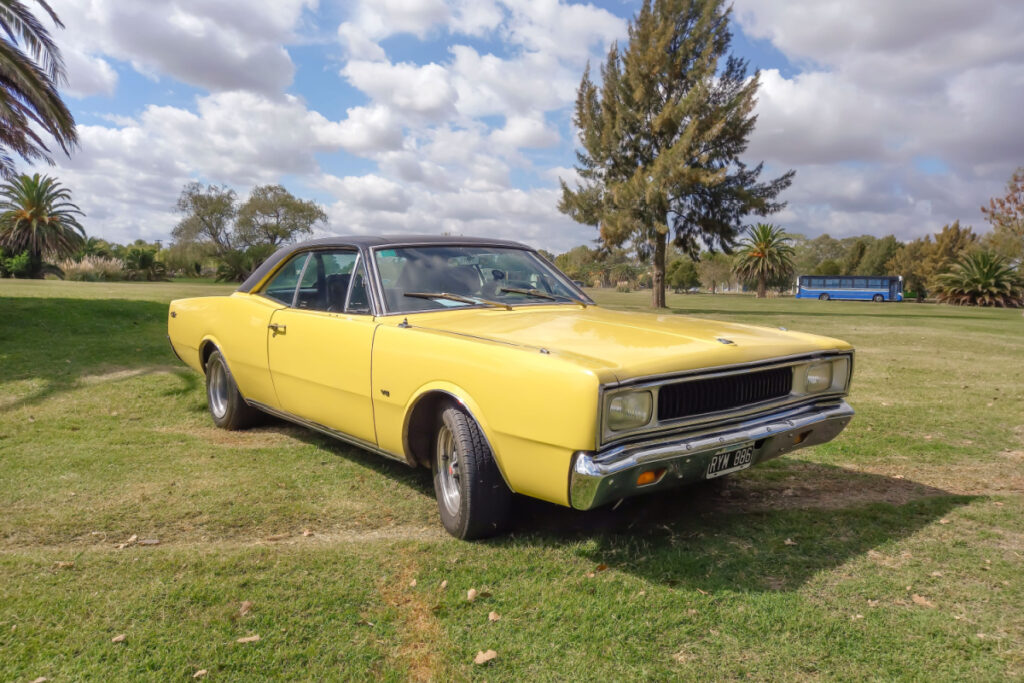
Originally launched as a full-sized model, the Polara was downgraded to a mid-sized vehicle to compete with Ford’s successful Fairlane. Despite the change, the Polara failed to find a strong customer base, struggling with poor fuel economy and stiff competition. While initial sales were decent, they fell dramatically during the later years, with sales in some years falling to a fraction of the initial launch figures.
Dodge Monaco (1977-1978)
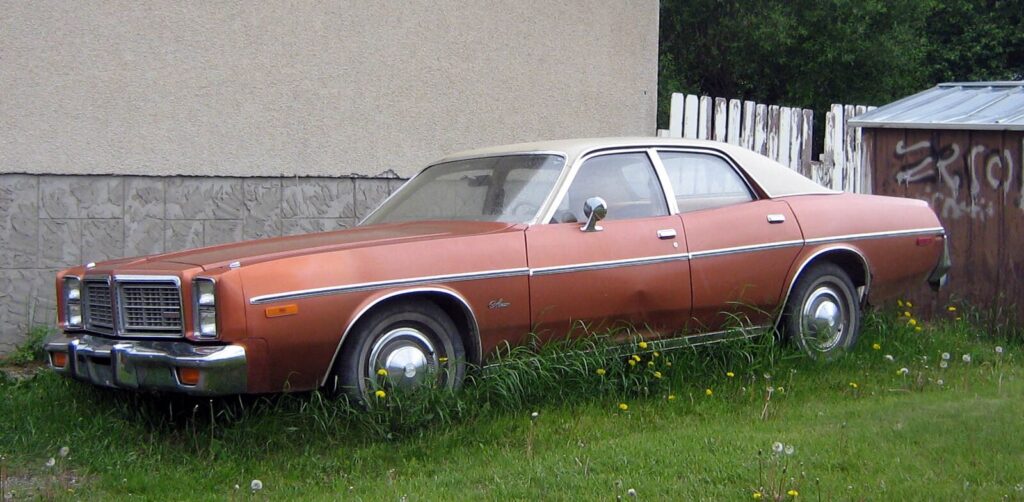
The late 1970s Monaco was a victim of the oil crisis, leading to a decline in demand for large, fuel-inefficient cars. Despite being featured in popular media like the “Blues Brothers” movie, its poor fuel economy and oversized dimensions led to low sales, making it one of Dodge’s less successful models.
Dodge Mirada (1980-1983)
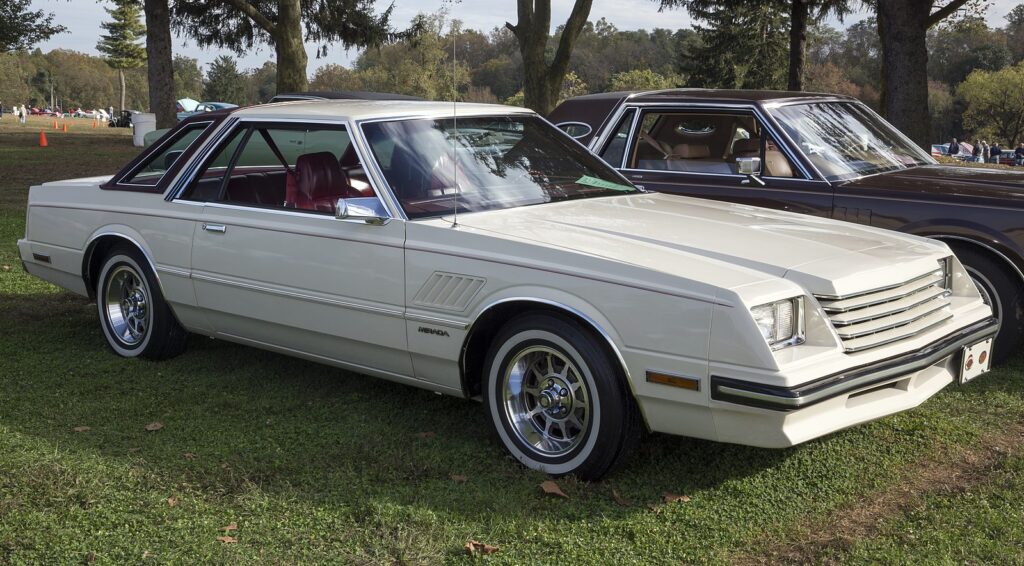
The Mirada was a personal luxury coupe that failed to resonate with buyers due to its lackluster performance and outdated styling. In the era of downsizing and fuel efficiency, the Mirada’s V8 options did not help its case, resulting in low sales figures throughout its production run.
Dodge St. Regis (1979-1981)
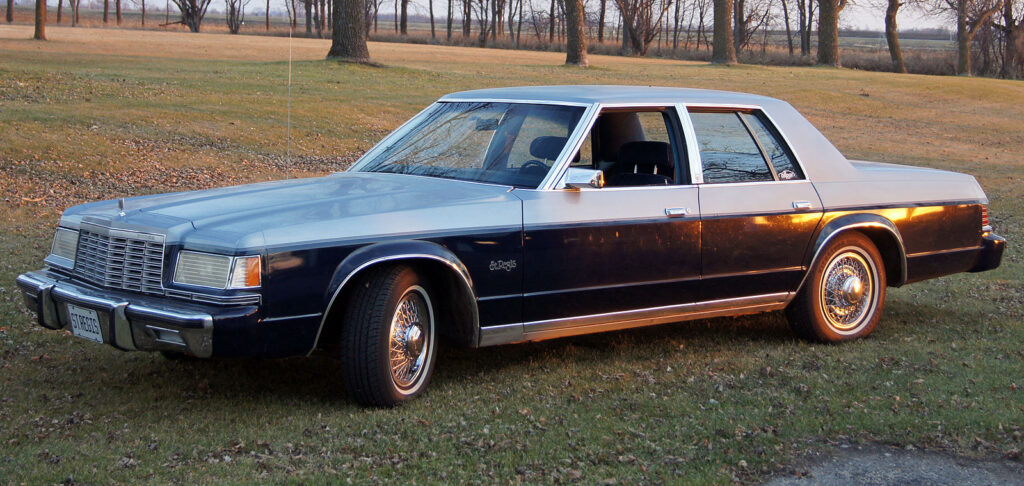
This full-sized sedan was introduced during a period of significant downsizing in the auto industry. Its large size, poor fuel efficiency, and bland design did not meet the changing consumer preferences, leading to disappointing sales and a short production life.
Dodge Daytona (1984-1993)
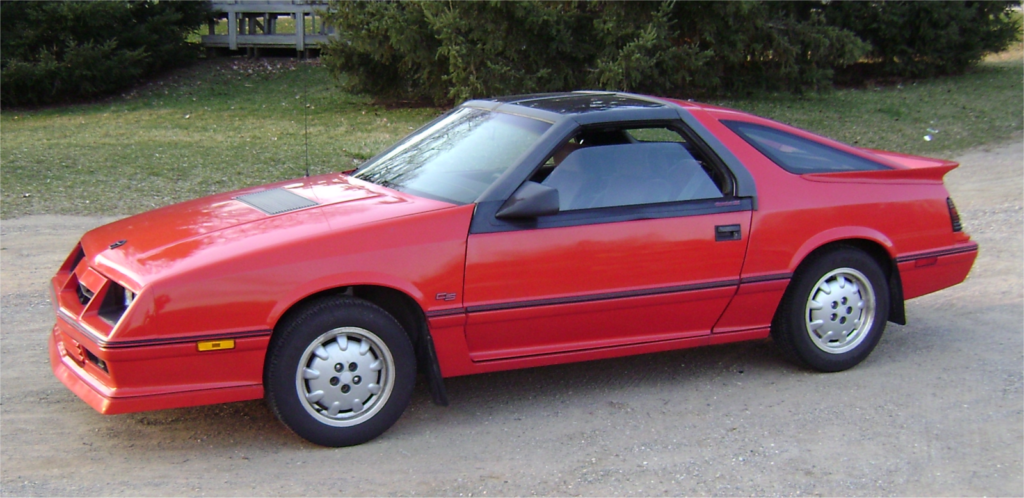
The Daytona was a front-wheel-drive sports car that faced stiff competition from both domestic and import brands. Despite its sporty looks and affordable price, it never achieved significant sales success due to a perceived lack of performance and build quality issues.
Dodge Spirit (1989-1995)
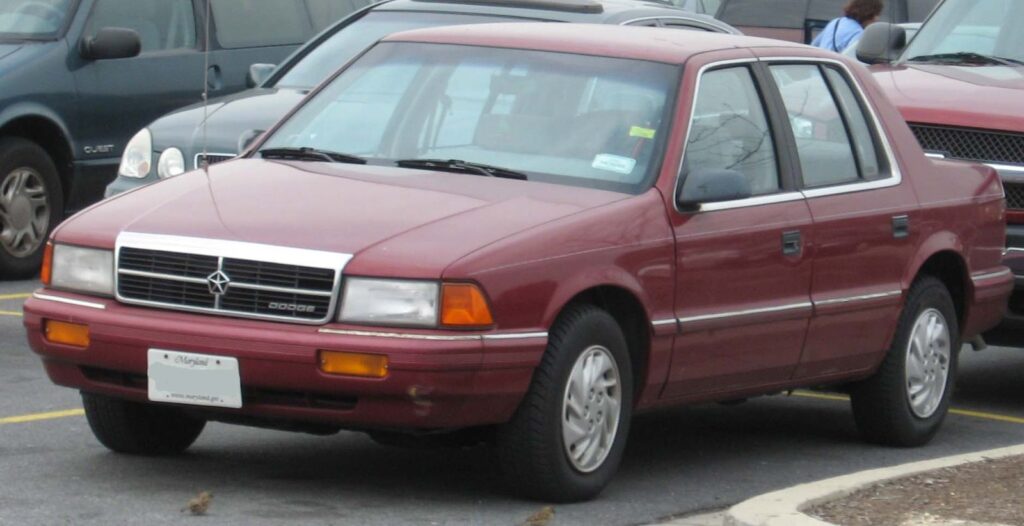
The Spirit was marketed as a family sedan but struggled to stand out in a crowded market. It was often criticized for its mundane styling, lackluster performance, and poor reliability, which led to mediocre sales figures.
Dodge Shadow (1987-1994)
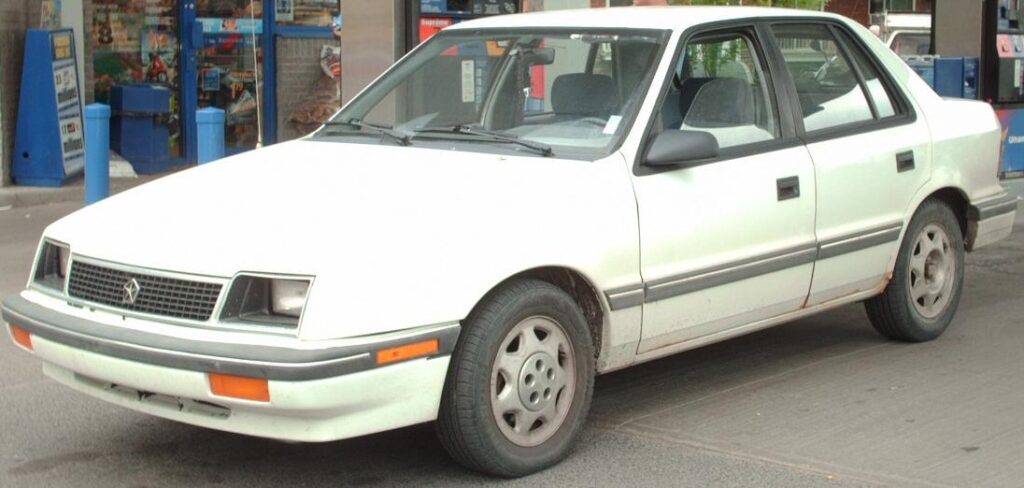
The Shadow was intended to be a competitive compact car, but it was hampered by a cheap interior, underwhelming performance, and a reputation for reliability issues. These factors contributed to its failure to capture a significant market share.
Dodge Dynasty (1988-1993)

The Dynasty sedan was aimed at the traditional American car buyer with its spacious interior and soft ride. However, it faced criticism for its outdated design, lack of refinement, and reliability problems, resulting in poor sales performance.
Dodge Intrepid (1993-2004)
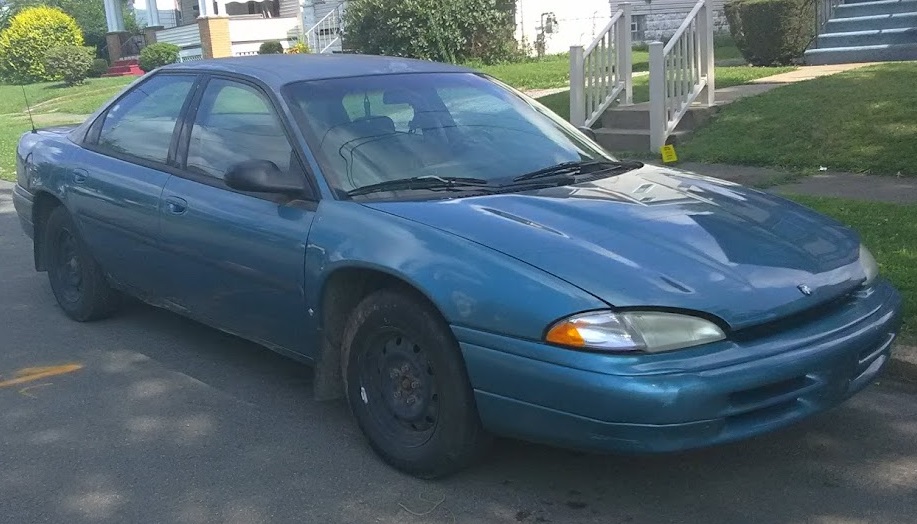
The Intrepid was part of Dodge’s “cab-forward” design initiative but suffered from quality and reliability issues over its lifespan. Despite its innovative design and spacious interior, it couldn’t overcome the negative reputation it developed, leading to a decline in sales.
Dodge Neon (1995-2005)
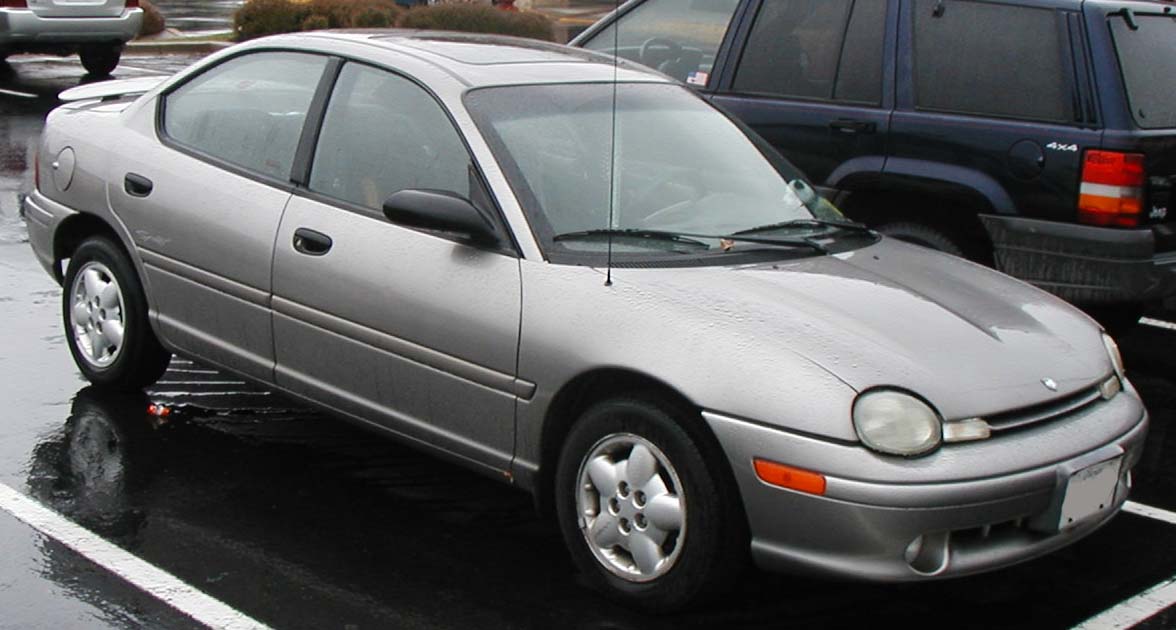
While initially popular due to its low price and sporty appeal, the Neon’s long-term reputation was marred by reliability and build quality issues, which eventually led to its decline in popularity and discontinuation.
Dodge Avenger (1995-2000)
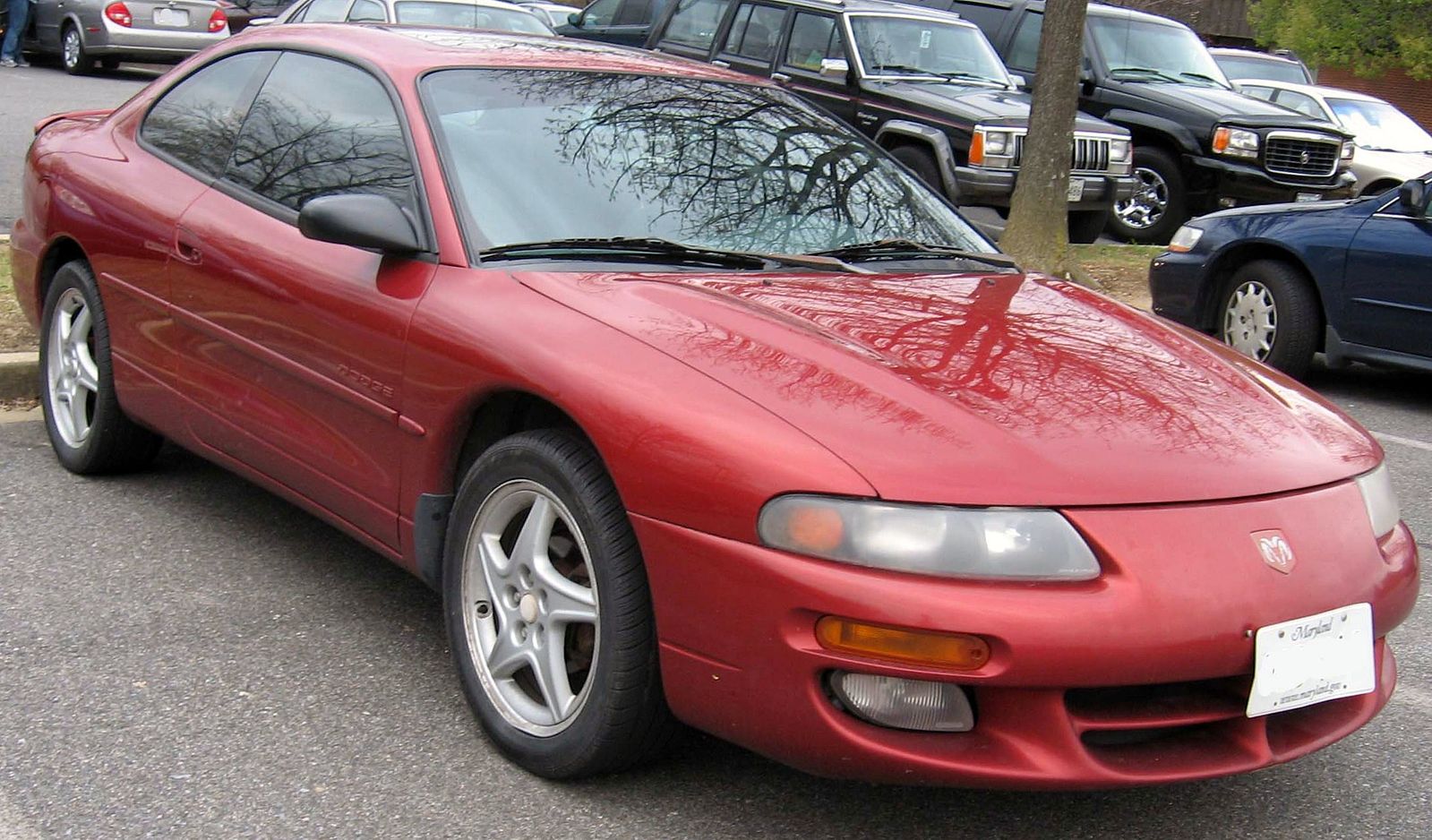
The first-generation Avenger was a sporty coupe that failed to live up to expectations due to its mediocre performance and cramped interior. It did not achieve the sales success Dodge hoped for, leading to its eventual discontinuation.
Dodge Magnum (2005-2008)
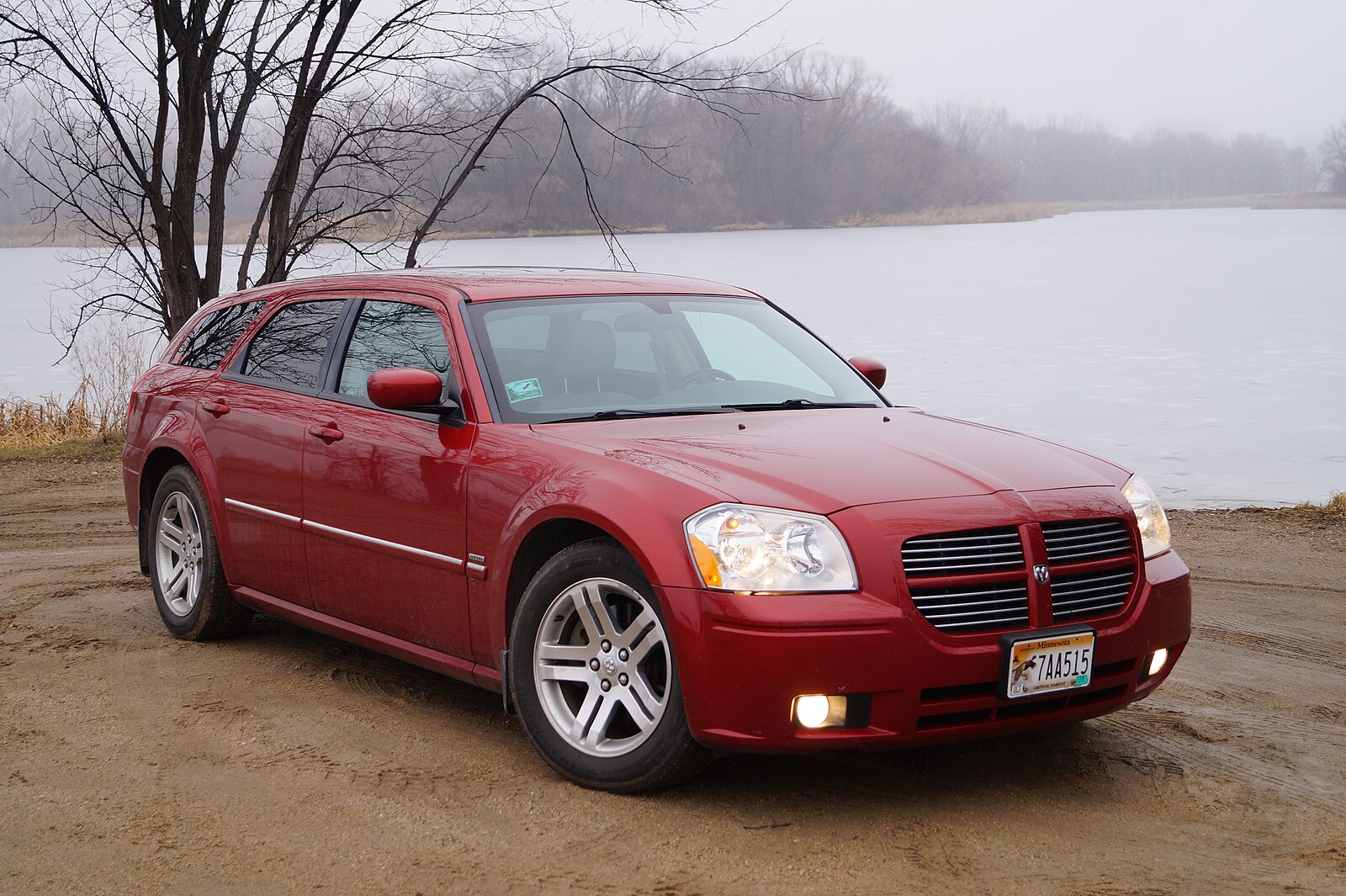
The Magnum was a unique station wagon with a bold design and available Hemi power, but it struggled in a market that favored SUVs and crossovers. Its heavy weight and poor fuel economy contributed to its downfall, leading to discontinued production.
Dodge Journey (2009-2020)
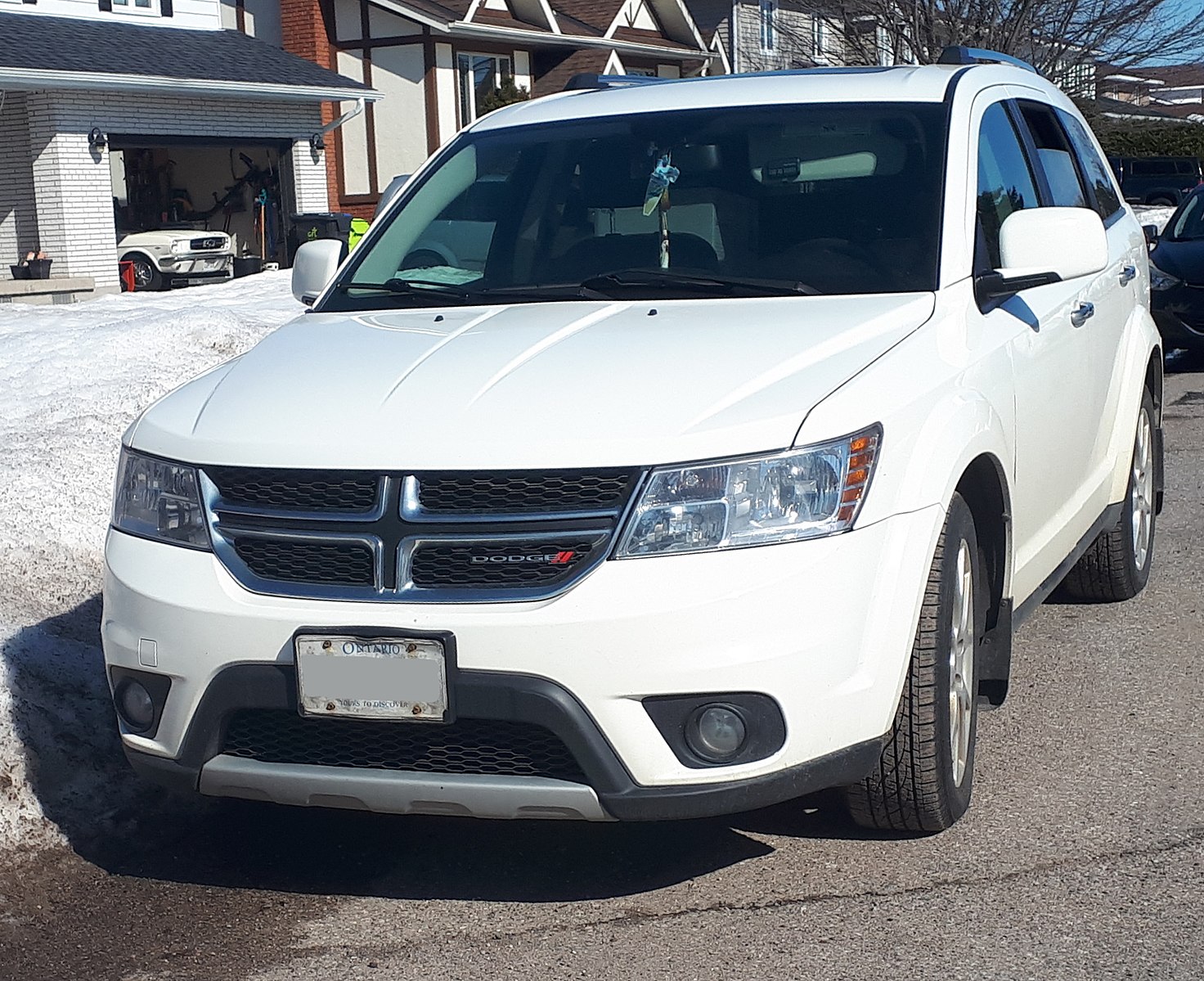
The Journey crossover was initially popular due to its low price and three-row seating. However, it quickly became outdated and was criticized for its underpowered engines, poor handling, and subpar interior quality, leading to a steady decline in sales until its discontinuation.
This article originally appeared on MyCarMakesNoise.
More from MyCarMakesNoise
20 Cars that Were 1960s` Flops
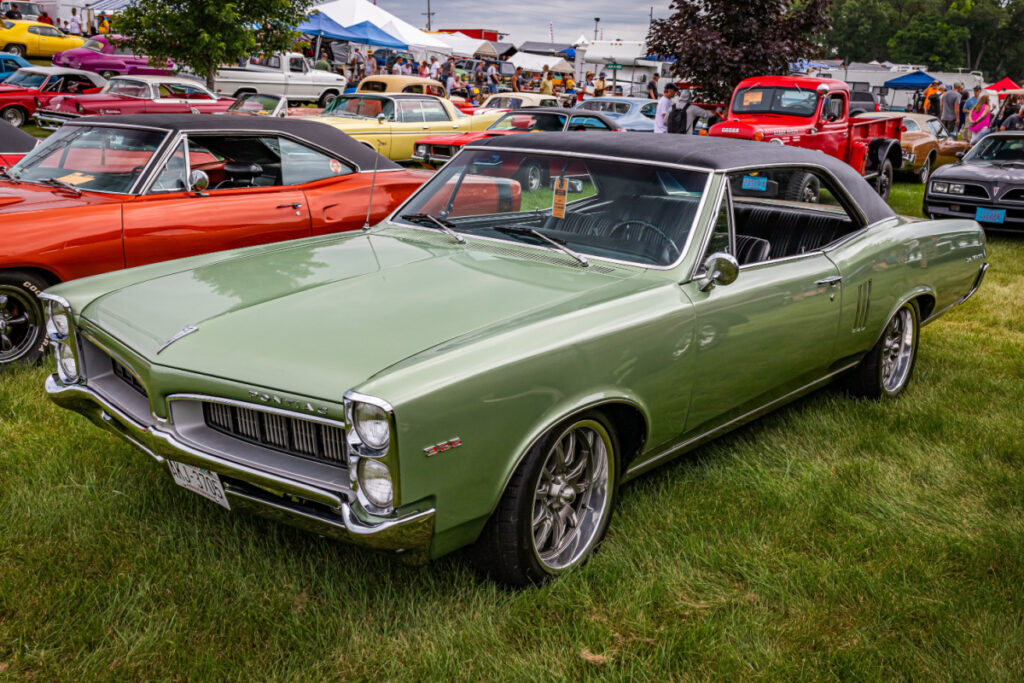
The 1960s were a legendary time for cars, known for iconic muscle cars like the Ford Mustang and Chevrolet Camaro. Read More.
What Every EV Owner Needs to Know About Charging Their Car
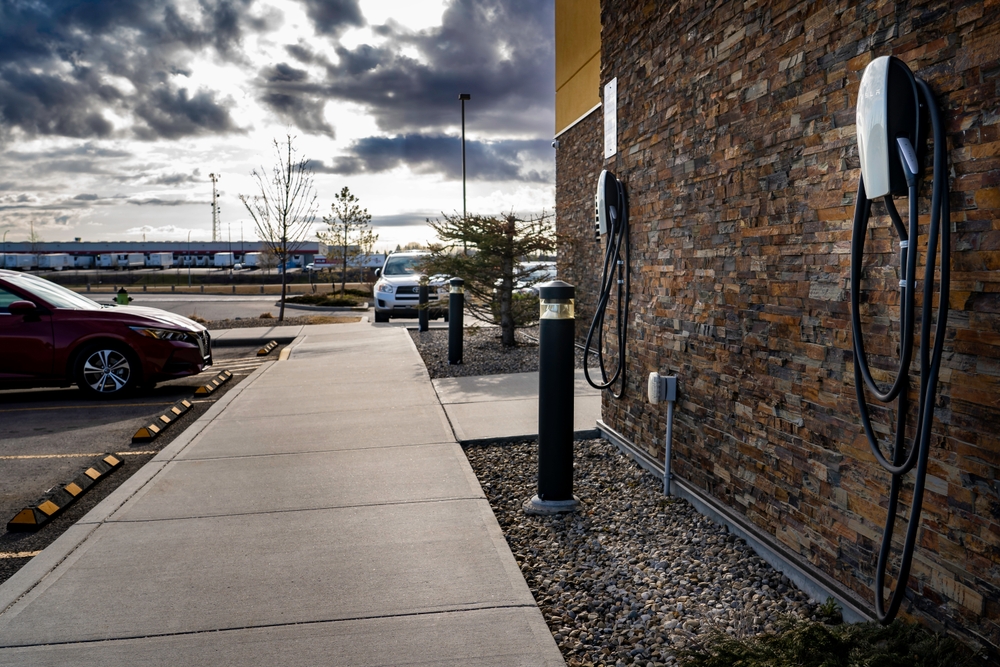
As the world pivots towards a greener future, electric vehicles (EVs) have transitioned from a novelty to a staple on modern roadways. However, switching to an electric vehicle has a learning curve, especially regarding charging. Read More.
The Best Midsize Truck Options You Can Buy
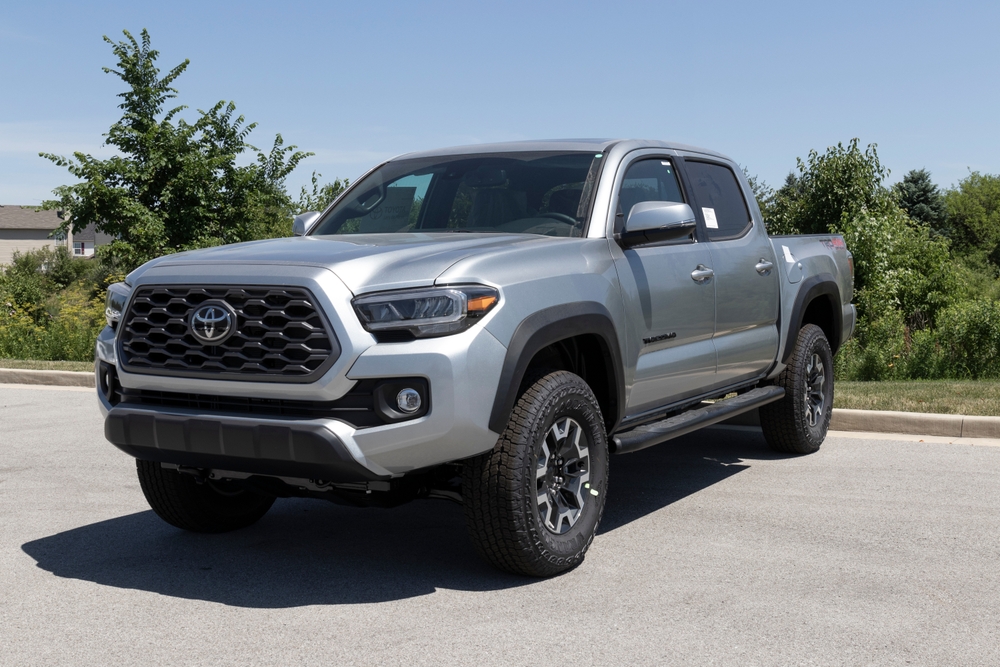
These trucks have rapidly grown in popularity, offering the perfect blend of utility, comfort, and performance. In this article, we delve into the top mid-size trucks dominating the market—each with its unique features and capabilities that set it apart. Read More.

